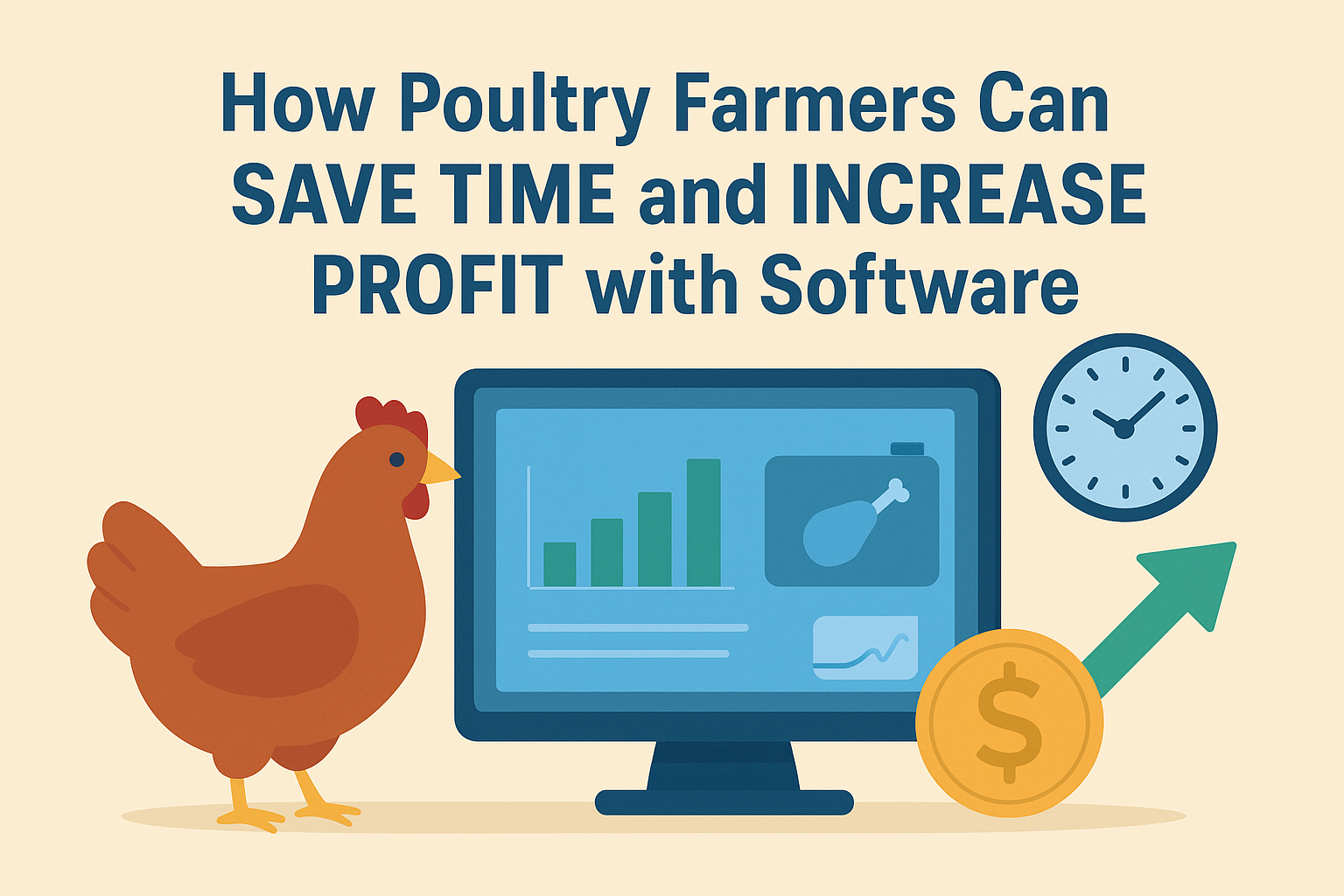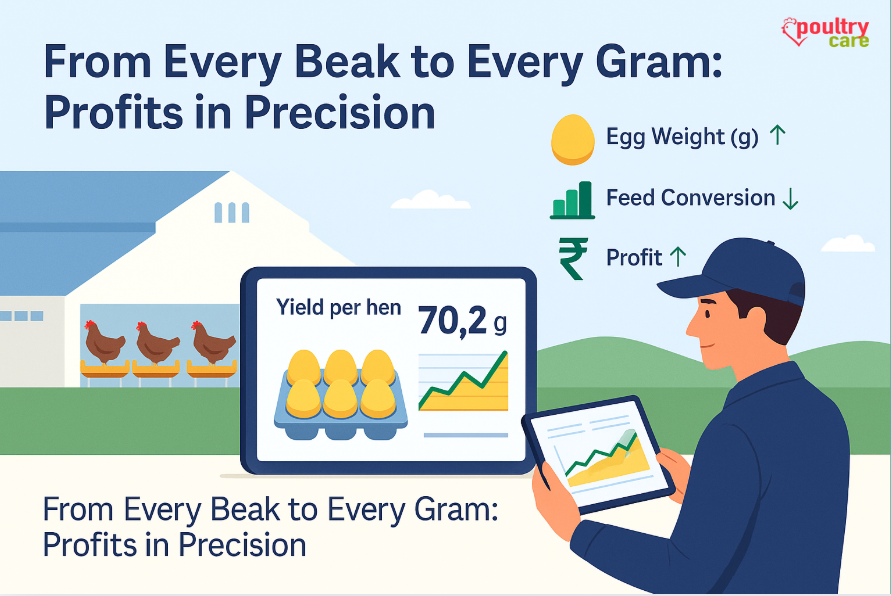Layer farming is not just about producing eggs; it's also about ensuring the well-being of the birds. For poultry farmers, the health of their layers is a top priority. To achieve this, advanced technologies are being harnessed to monitor and care for layers in ways that were once considered science fiction. This blog will delve into the realm of robotics and health monitoring in layer farming and explore how these innovations are revolutionizing poultry farming.
The Importance of Layer Health
The health of layers is crucial not only for their well-being but also for the quality and quantity of egg production. Healthy birds are more productive and lay better-quality eggs. Maintaining bird health is also an ethical commitment and an essential aspect of sustainable farming.
Challenges in Layer Health
Layer health is not without its challenges, including:
-
Disease Management: Poultry diseases can spread rapidly in crowded environments. Early detection and intervention are critical.
-
Stress Factors: Layers can experience stress due to factors like overcrowding, inadequate nutrition, or suboptimal environmental conditions.
-
Environmental Control: Maintaining the right temperature and humidity in layer houses is essential for bird comfort and health.
The Role of Robotics in Health Monitoring
The integration of robotics into layer farming is transforming health monitoring and disease management. Here's how robotics plays a vital role:
1. Automated Health Checks
Robotic systems equipped with sensors can conduct routine health checks on layers, detecting early signs of illness or stress.
2. Disease Detection
Robotic systems can monitor layers for symptoms of diseases and alert farm managers for immediate intervention.
3. Environmental Control
Robotic environmental controllers adjust temperature and humidity based on real-time data, ensuring a comfortable and stress-free environment for the birds.
4. Data Analytics
Robotic systems collect and analyze a wealth of data related to bird health and environmental conditions, providing valuable insights for farm management.
Robotic Solutions in Layer Farming
Let's explore some of the specific robotic solutions that are contributing to the well-being of layers:
1. Robotic Health Assessments
Robotic systems equipped with cameras and sensors can conduct regular health assessments, identifying issues that may not be visible to the human eye.
2. Automated Disease Detection
Robotic disease detection systems can recognize early signs of illnesses, allowing for prompt isolation and treatment.
3. Environmental Control Robots
These robots maintain optimal temperature and humidity levels within layer houses, ensuring that layers are comfortable and stress-free.
4. Egg Collection Robots
Efficient and gentle egg collection robots minimize stress to the layers and maintain egg quality.
Benefits of Robotic Health Monitoring
The integration of robotics and health monitoring into layer farming offers a host of advantages:
1. Early Disease Detection
Robotic systems can identify the earliest signs of diseases, allowing for swift intervention and reduced mortality rates.
2. Improved Bird Welfare
By ensuring the optimal environmental conditions and health of layers, robotic systems contribute to improved bird welfare.
3. Enhanced Egg Quality
Stress-free layers produce better-quality eggs, which is a significant selling point for layer farmers.
Data-Driven Decisions
Data collected and analyzed by robotic systems provide valuable insights into layer health and farm management.
The Future of Layer Farming
The future of layer farming is undoubtedly intertwined with advanced technologies. As robotics and health monitoring systems continue to evolve, we can anticipate even more sophisticated and efficient solutions. These innovations will further contribute to the sustainability and growth of the layer farming industry.
Conclusion
In conclusion, robotics and health monitoring have become indispensable tools in the pursuit of keeping layers healthy and ensuring efficient egg production. These innovations not only benefit poultry farmers but also contribute to sustainable farming practices and improved bird welfare. The journey to the future of layer farming is an exciting one, with these technological advancements leading the way.






